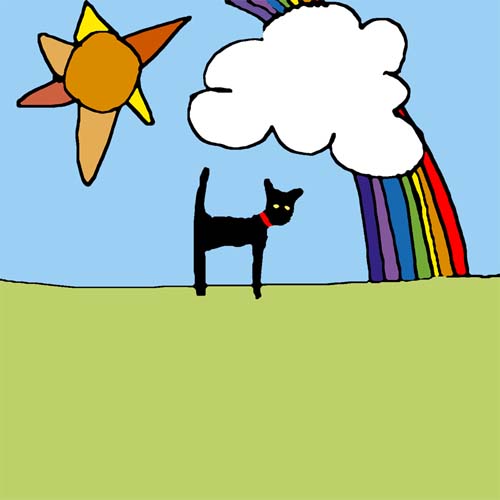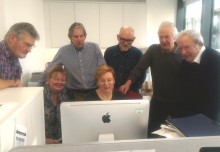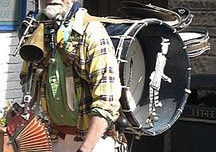We live in interesting times. Where is the opportunity here? Who is winning while others are losing? Or does the latest situation mean more starving artists? Whatever next? Behind the clouds there is a rainbow.
Background.
Fine art includes art history, art business, art collecting, art making, art dealing, art investment, and art enjoyment. Not in that order of course. In the art-world we have to think, and re-think, long and hard about the past, present, and latest state of things.
Looking back we see that the religious establishment, and patronage by the powerful and wealthy, dominated the European art-world for centuries. The main benefit was to the status of the church, and the upper class patron. The art told their story.
Art making was understood to be a craft and an artist’s skill was valued more than creative vision.
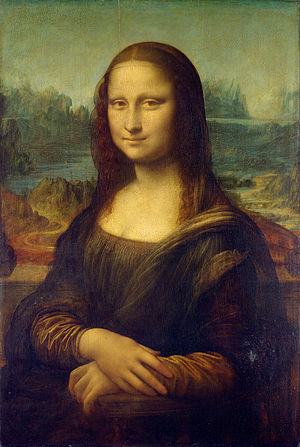
Mona Lisa by Leonardo da Vinci
In the last century or two, the money has been supplied by a much wider range of people who collect art for a variety of reasons. Status is still a benefit but no longer the biggest one. Enjoyment and creativity are valued highly. Investment is another factor as prices soar. The new middle classes have stimulated the ‘art business’.

BUSINESS
The dealers have become very influential. However it is a ‘business’. Business interests meant that an artist who sold through middle-men would be kept out of touch with collectors, the very people who matter most.

Then along came the Internet. Instant contact with everybody in the world was possible. Single artists could afford to create an online presence. Mailing out to a contact list was easy, quick, and cheap.
In the last thirty or so years the role of the creative artist has developed into something else. Many more artists have become self-sufficient. Groups of artists have found success when they organise and look after themselves and stop relying on the established art business. Open Houses and Open Studios all across the country are popular examples.
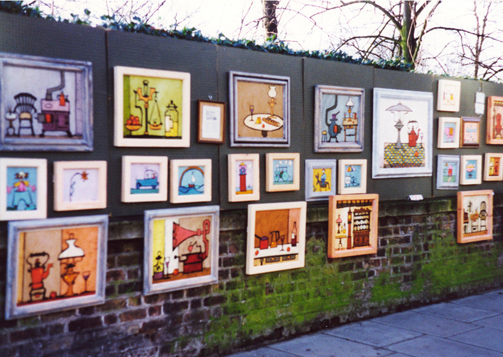
Art and artists could thrive as the audience grew. Active artists can benefit from a new financial source in an interesting and satisfactory way that recognises creativity and integrity.
The crisis.
But now everything has changed again. New recent threats come from Brexit, Covid19, and Lockdown.
The influence of the middle-men art dealers has been challenged. Commercial art galleries have closed. Self-sufficient artists have suffered also as Open Houses, group exhibitions, and artist run galleries are cancelled. The latest crisis is more significant as the low hanging fruit from the money tree has dwindled. Just surviving as a professional full-time artist has become a major problem.
Many art lovers have gone on-line, but some artists have not mastered the skills needed to have an on-line presence.
Some have abandoned the idea of a career in the arts and gone back to real jobs where possible. Art making is a worthy hobby where the benefit is to the artist. So they will happily support their creativity themselves.
Some artists might have starved, some have given up on the idea of being full-time, while others have hunkered down and survived.
On the upside.
Where is the opportunity here? Who is winning while others are losing?
Point one:
We all know that art lovers still want good affordable original paintings, prints, sculpture etc. at sensible prices.
Point two:
The Internet is the one place on the planet where things are still going very well indeed.
The global expansion of broadband access, the growth of social networking like Facebook, u-tube, Pinterest, twitters and blogs are all phenomenal. Most people now look first to the web to find out about things.
Many people have now bought something online.
Conclusion.
Using the Internet artists can now be in direct contact with the actual collectors who hang their art in their homes and offices.
Art lovers can deal directly with artists without the barrier of commercial art business self-interests.
Artists will thrive on feedback, stimulation, and challenge.
And art-loving collectors can enjoy direct involvement with the art-makers.
Win win all round.
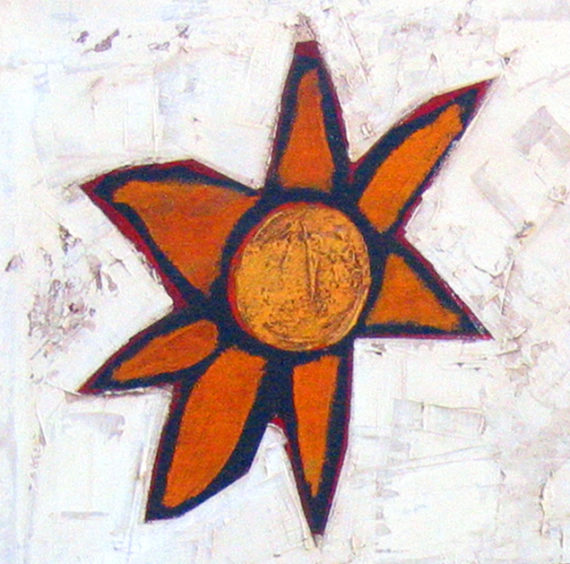
‘Sun’ detail from larger painting ‘Family’ by Colin Ruffell

